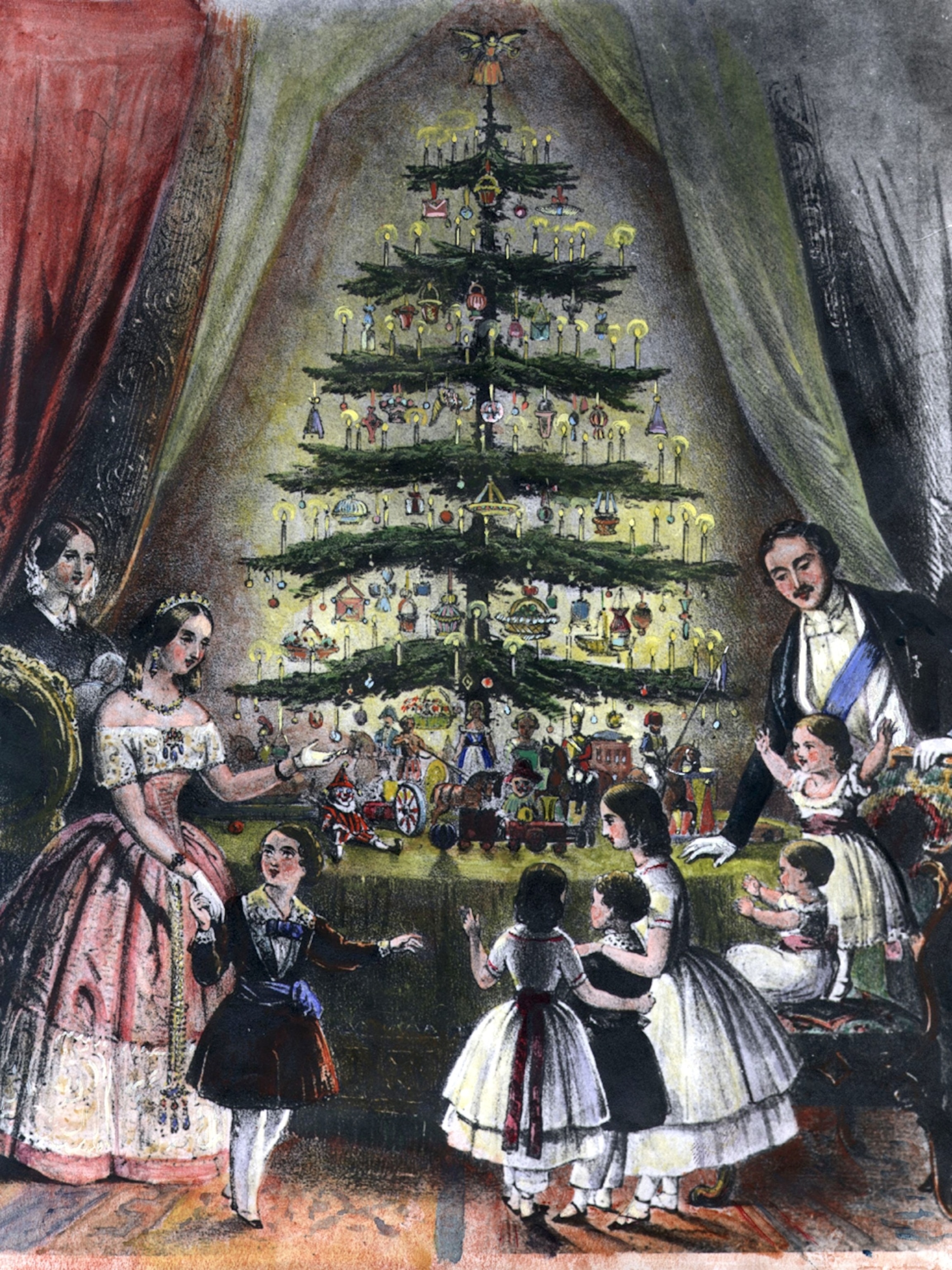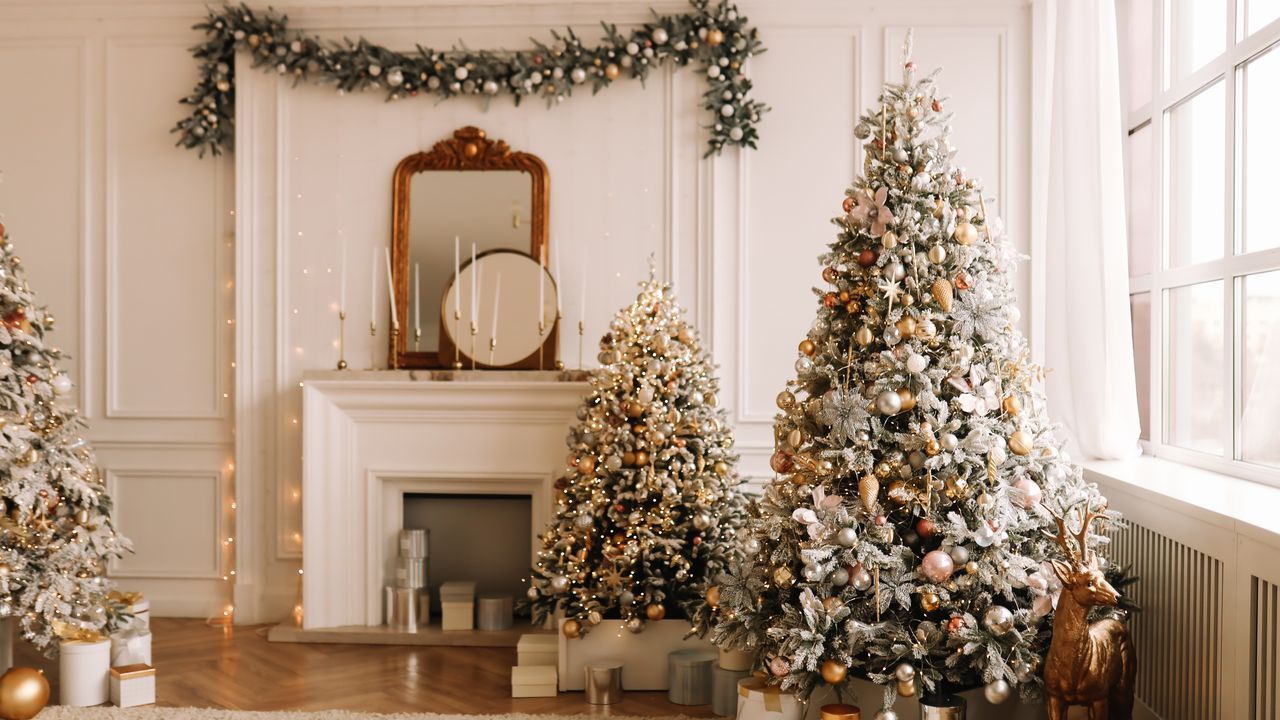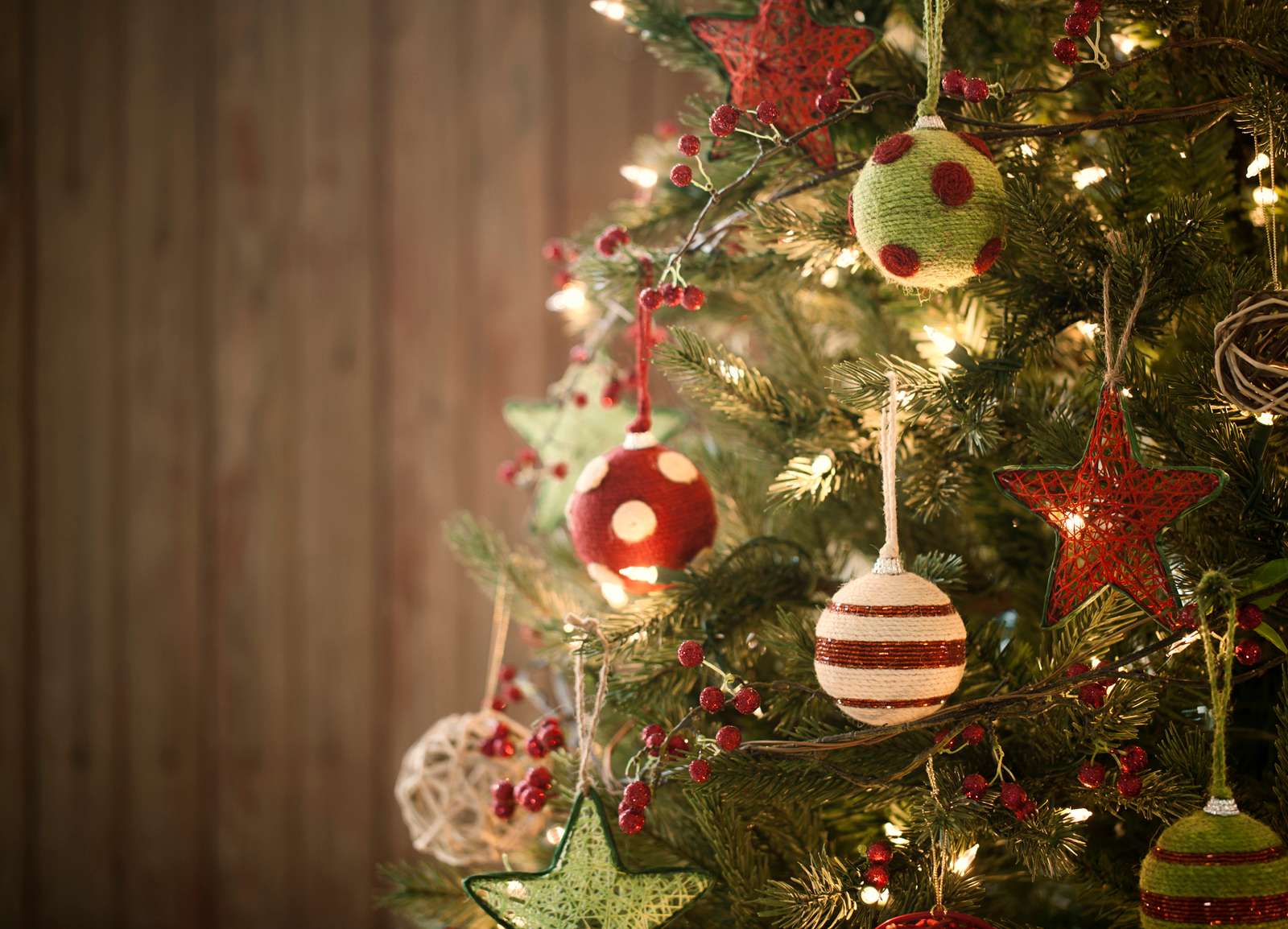Who Started the Christmas Tree Tradition?

Explore the origins of the Christmas tree tradition, a custom deeply rooted in history that brings joy and festivity to countless households each year. From its ancient pagan roots to its transformation into a Christian symbol, understanding the journey of the Christmas tree offers fascinating insights into holiday customs and cultural shifts.
The Pagan Beginnings

The concept of bringing trees into homes to celebrate the winter solstice can be traced back to ancient cultures like the Egyptians, Romans, and Druids. Each had their own way of marking the return of longer days:
- Egyptians: They used palm branches to honor Ra, the sun god, celebrating life’s continuation through winter.
- Romans: They celebrated Saturnalia with evergreen boughs, symbolizing the renewal of life.
- Druids: Known for their tree worship, they viewed evergreens as symbols of eternal life, decorating them to celebrate life’s continuity.
Evergreens as Symbols

Evergreen trees have long been revered for their ability to retain green leaves throughout the year, even in the coldest months. This unique feature:
- Symbolized life’s persistence, hope, and the promise of renewal.
- Were seen as a beacon of light in dark times, embodying warmth and life when all else seemed dormant.
The Christian Adaptation

As Christianity spread across Europe, the Church often integrated pagan customs into its own traditions to facilitate the conversion of local populations:
- Martin Luther: The 16th-century reformer is often credited with bringing a tree into his home, decorating it with candles to symbolize the stars in the heavens.
- Saint Boniface: While not the originator of the Christmas tree, he used a fir tree to teach about the Christian Trinity, thereby linking it with Christian symbolism.
Evolution of the Custom

The Christmas tree tradition, as we know it today, gained traction in the following ways:
- By the 16th century, German families had started to bring small, decorated trees into their homes.
- Over time, decorations evolved from simple nuts and berries to more elaborate ornaments and candles, reflecting advancements in craftsmanship and wealth.
- The custom spread across Germany and into other countries through migration, trade, and royal marriage alliances.
Royal Influence and Global Spread

The tradition took a significant leap with the influence of royal families:
- In 1848, Queen Victoria and Prince Albert were depicted with their family around a Christmas tree in an illustration published in the Illustrated London News, inspiring middle-class families across Britain.
- The German-born Prince Albert’s love for the tradition was credited with popularizing it in England.
Commercialization and Modernity

As the Christmas tree became a widespread custom, it sparked changes in commerce and culture:
- By the late 19th century, trees were sold in cities across Europe and North America, leading to the rise of tree farms.
- Artificial trees became popular in the 20th century, offering a sustainable option without the hassle of tree disposal.
- Traditions varied, with different countries adding their own unique touches to tree decoration and celebration practices.
Today’s Traditions

Christmas tree decoration has become a blend of tradition and personalization:
- Modern trees boast lights, baubles, and bespoke ornaments, reflecting personal memories or family traditions.
- Some families follow centuries-old customs, like placing a pickle ornament on the tree, while others create new ones.
🎄 Note: Traditions vary greatly across cultures; there's no one-size-fits-all approach to Christmas tree decorating!
Understanding the history behind the Christmas tree tradition illuminates not just its cultural significance but also its evolution from ancient reverence to a universally recognized holiday symbol. From its pagan origins to its integration into Christian festivities, the Christmas tree remains a potent symbol of life, hope, and renewal. As we gather around our trees each year, we partake in a ritual that connects us to centuries of human celebration and storytelling, each light a reminder of the warmth and light within us and around us. This journey from ancient customs to modern traditions reminds us of the continuity of human experience and the power of symbols to bring people together in joyous celebration.
Who is credited with starting the Christmas tree tradition?

+
While no single person can be credited, the tradition has roots in ancient cultures, with German families popularizing it in the 16th century.
When did Christmas trees become popular in England?

+
The tradition became more widespread in England during the 19th century, particularly after Queen Victoria and Prince Albert were depicted with a tree in an illustration.
What are some unique Christmas tree decorations from around the world?

+
Traditions vary: in Poland, a spider’s web is considered good luck; in Mexico, ornaments include a wide variety of fruits and flowers.
Related Terms:
- Christmas Tree OST
- Christmas tree origin pagan
- Who invented electric Christmas lights